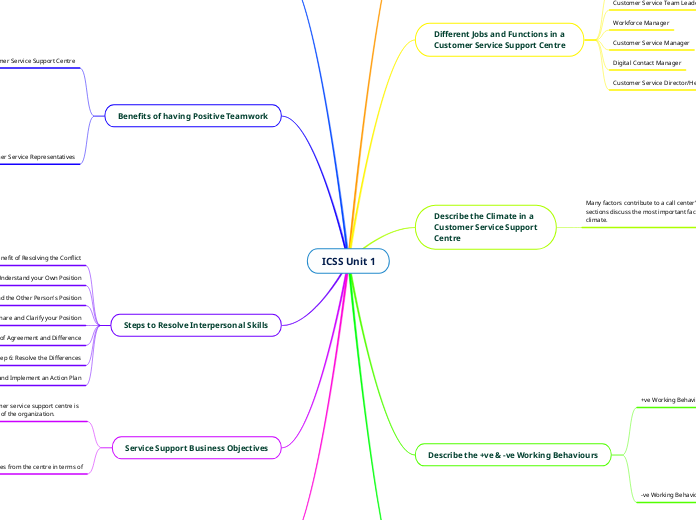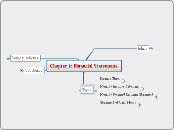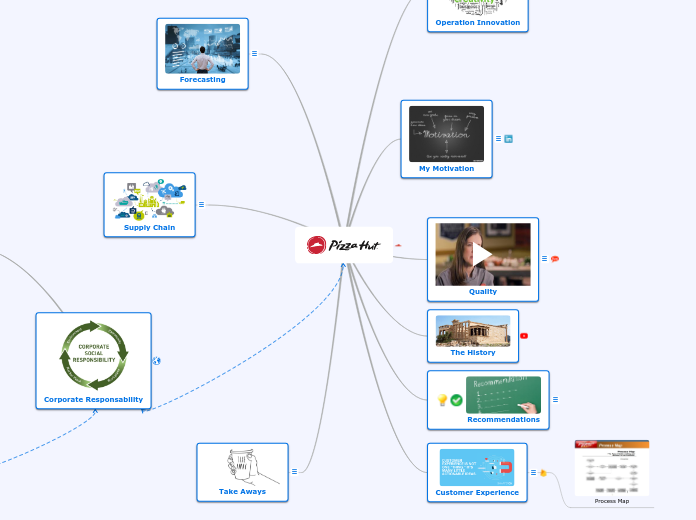jonka Sua Janna 2 vuotta sitten
79
ICSS Unit 1
In a customer service support center, the primary goals are to enhance customer satisfaction, control costs efficiently, ensure employee satisfaction, and generate revenue, all in alignment with the organization’









